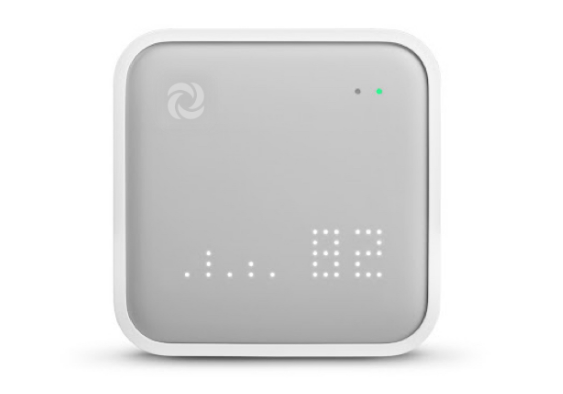Our bodies don’t care whether we are exposed to air pollution indoors or outdoors. The environment containing pollution does not matter. This very reason scientists and businesses have begun focusing on the relationship between outdoor and indoor air pollution. After which, an appropriate IAQ solution can be sought out to rid indoor spaces of air pollutants.
Indoor Air Pollution Truly Does Matter
Most people expect air pollution to be an outdoor element rather than indoors. However, the Truth Be Told According to the World Health Organisation, indoor smoke emitting from household pollution has become a huge risk when it comes to health in the more recent decades. It is believed that about 3 billion people cook and heat their homes using kerosene fuels and coals, and these have been affected due to this emission of air pollution.
In addition to these household activities, which can cause air-pollution at homes is the flow of poor outdoor quality air migrating indoors as well.
According to one study, wildfire blooms have been found to elevate the average indoor concentration of PM 2.5 to rise up to 4.6 times far higher than the outdoor air quality.
The exchange of this air-pollution is also reversible in Indore household air-pollution. It can serve as a major source causing outdoor air pollution in rural areas and urban areas. This causes the indoor-outdoor air pollution continuum.
Naturally, the next question would be what is an Indoor-Outdoor air pollution continuum. Let’s find out.
What is the Indoor-Outdoor Air Pollution Continuum?
Today scientists speak of Indoor-outdoor air pollution continuing underlining the fact that one shouldn’t focus on the pollution, whether outdoors or indoors, in isolation. However, look at pollution as a whole rather than in isolation.
To better understand the exposure of a person to air-pollution, consider what happens to a human body and how much of the pollution a human body breathes in, in the full 24-hour cycle of his lifespan. Using an indoor air quality monitoring system, one can easily rid the indoor air pollution off from household spaces.
The Importance of Understanding Individual Air-Pollution Exposure
From the very beginning of time, human beings have been exposed to air pollution from their ambient surroundings such as smoke, fires, dust, et cetera. However, many man-made sources of pollution such as traffic, industrial emissions, et cetera have dramatically changed the amount of consumption of air pollution and exposure to it over a long period of time, which burdens one’s health today.
About 91% of the entire world’s population live in areas where the air-quality exceeds far to be on the safe limits, resulting in about 4.2 million deaths each year attributed to air pollution exposure.
Seasonal Allergy is also Getting Worse.
If you take respiratory ailments into account, the presence of pollen exposure is a huge factor affecting respiration. Like allergic rhinitis, Hay Fever affects about 30% of the entire world’s population. Evidence suggests that seasonal Allergy is on the rise due to climate change and other traditional pollution as well. As opposed to other forms of pollution, exposure to pollen can only come from the outdoors, showing that there is a direct relationship between indoor and outdoor pollution.
We are inside more often.
As the life we are leading today requires us to be inside more often, human beings are spending about 90% of the time in enclosed spaces, which prolongs our exposure to indoor air pollution and can impact our health over a seriously long period.
Today we will focus on air-pollution within one’s home or indoor spaces.
Here are a few allergic items in indoor spaces:
- Dust mites – Dust mites are microscopic insects that tend to feed off of human skin flakes. They’re one of the most common in-home allergens. These thrive in moist and warm environments such as under beddings and soft furniture such as couches made of fabric. They could inflame the nasal passages, which can further lead to itchy skin, watery eyes as well as further congestion.
- Mold – Mold is an extremely common household allergen that grows within damp, dark spaces such as basements, behind drywall, and in dingy, poorly-ventilated bathrooms. The presence of mold can also cause respiratory issues, along with itchy skin. However, the presence of black mold could be toxic as well.
- Pollen – With many households now adopting flora’s use within one’s home, especially post COVID period, one is now more susceptible to pollen allergy. Pets also tend to carry pollen indoors from the outdoors, which is another cause for growth in indoor pollution.
By using indoor air quality devices and monitoring the level of air pollution within confined spaces, we can collectively take care of the levels of exposure to air pollution.
